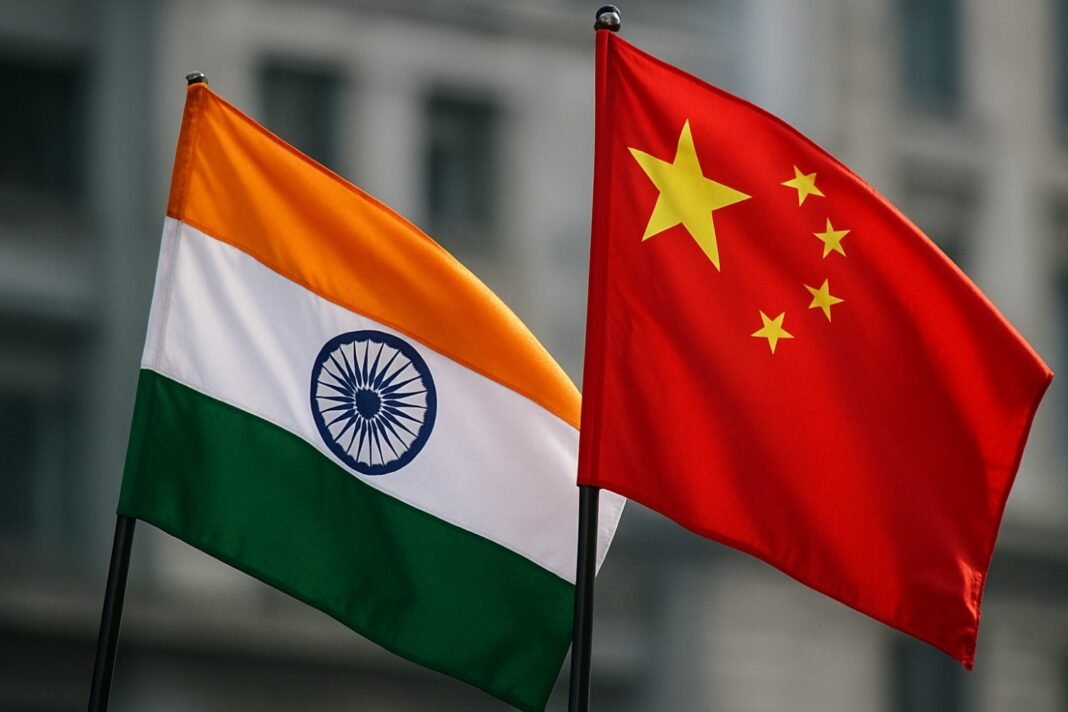India-China Border Talks: A Step Toward Stability
India and China appear set to reduce friction along the Line of Actual Control (LAC) through an upgraded mechanism of high-level military dialogue. Following the 24th round of Special Representative (SR) talks on August 19, both sides agreed to hold Lieutenant General–Major General level discussions at three sensitive points along the border — Chushul in Eastern Ladakh, Nathu La in Sikkim, and Kibuthoo or Yangtze in Arunachal Pradesh. This move is being seen as a major confidence-building measure, with the potential to restore a measure of stability after years of strain.
At present, only one such General-level meeting takes place between the Indian Army’s 14th Corps Commander and the PLA’s Sinkiang Military Division commander in Chushul. Expanding this dialogue framework to cover all three sectors — western, middle, and eastern — could enable the resolution of local disputes in real time, thereby reducing the risk of escalation.
The Tianjin Summit: Modi and Xi to Set the Tone
The timing of the announcement is significant. Prime Minister Narendra Modi and President Xi Jinping are scheduled to meet on the sidelines of the Shanghai Cooperation Organisation (SCO) summit in Tianjin on August 31 and September 1. The summit is expected to serve as the platform where the schedule for these expanded border personnel meetings will be finalized.
While both governments remain tight-lipped about the upcoming engagements, strategic experts suggest that six rounds of dialogue per year at this level could drastically improve the on-ground situation along the LAC. A tranquil border environment, in turn, would create the political space for both countries to normalize ties at the diplomatic and economic levels.
Trade Tariffs: A Shared Challenge
The renewed emphasis on dialogue comes against the backdrop of intensifying trade tensions with the United States. Washington, under President Donald Trump, has ramped up tariff pressure on both India and China. On August 27, India is expected to face an additional 25 percent tariff, which will raise the cumulative rate to 50 percent. China, meanwhile, is already grappling with tariffs amounting to 54 percent, though the U.S. has provided Beijing with a temporary 90-day reprieve on further duties.
This parallel economic pressure has created a unique convergence of interests. Both New Delhi and Beijing view Washington’s tariff policy as unfair and punitive. During their meeting on August 19, External Affairs Minister S. Jaishankar and Chinese Foreign Minister Wang Yi reportedly acknowledged the United States as the “elephant in the room” and stressed the importance of strengthening bilateral coordination in response.
Shifting Geopolitical Equations
For India, the experience has underscored the limits of relying too heavily on the U.S. as a strategic partner. By weaponizing tariffs and portraying India as culpable in the Ukraine conflict, Washington has strained goodwill in New Delhi. Within India’s political leadership and broader public opinion, the perception of bonhomie with Washington has been considerably eroded.
This dynamic may be creating an opening for India and China to re-engage. While deep strategic mistrust remains, the shared experience of U.S. tariff aggression could serve as a catalyst for pragmatic cooperation. As one expert noted, if border tensions are defused through structured military engagement, there is no reason why bilateral ties cannot gain momentum across other fronts.
Looking Ahead
The coming weeks will be decisive. If the Modi-Xi meeting in Tianjin delivers a concrete roadmap for regularized General-level dialogue along the LAC, it could mark the beginning of a new phase in India-China relations. At a time when both economies are grappling with external trade shocks, a stable border and a cooperative framework could provide much-needed strategic breathing space.
Yet, the path forward is delicate. Mutual suspicion runs deep, and the weight of past confrontations cannot be wished away. Nevertheless, by strengthening military-to-military engagement and seeking common ground in the face of U.S. pressure, India and China may be laying the groundwork for a cautious but meaningful reset.








